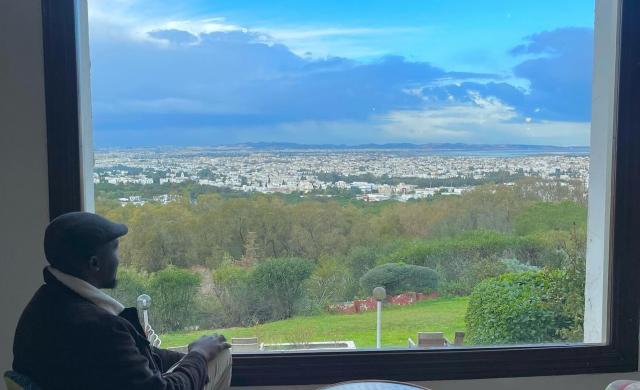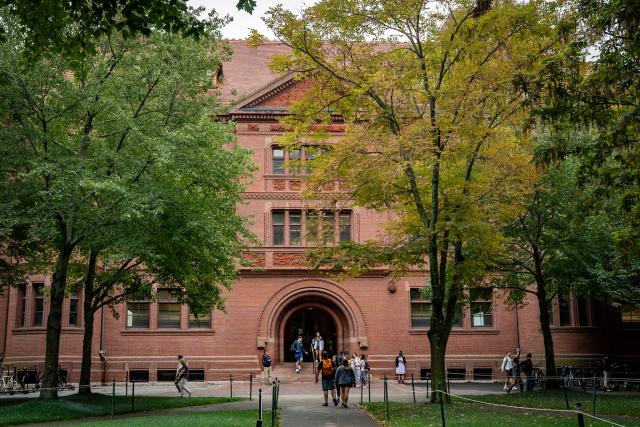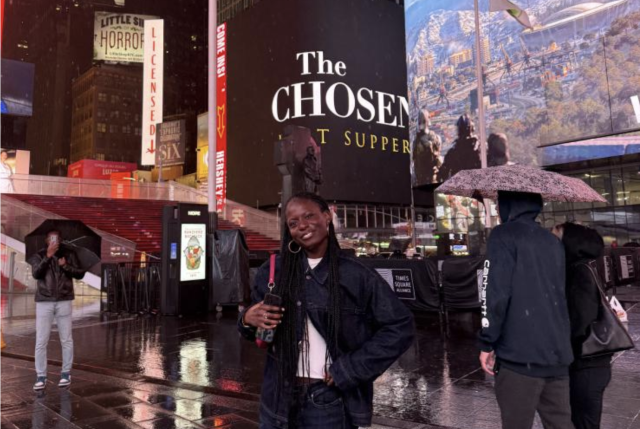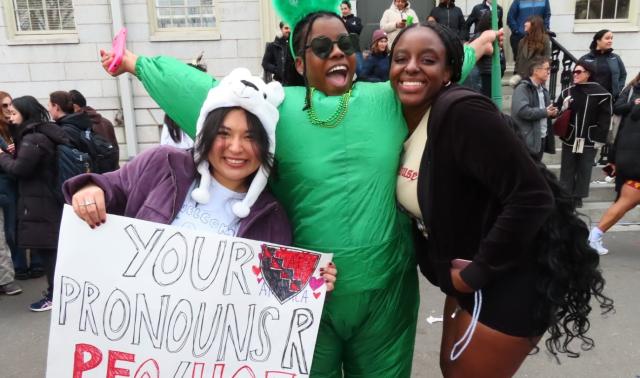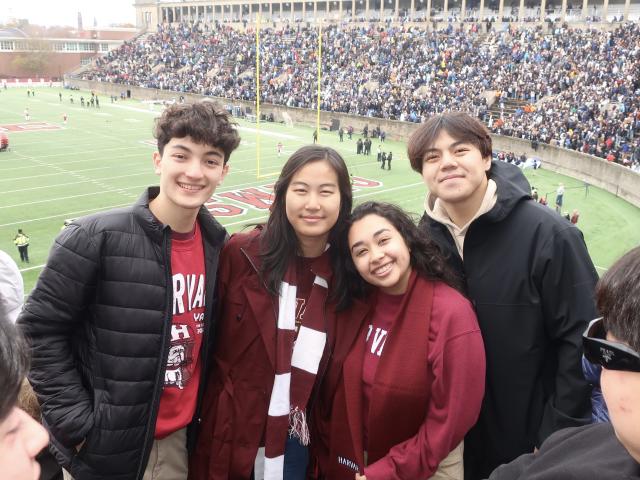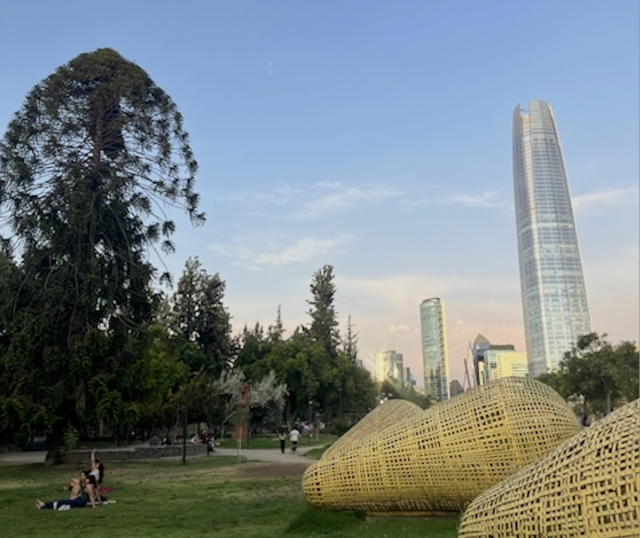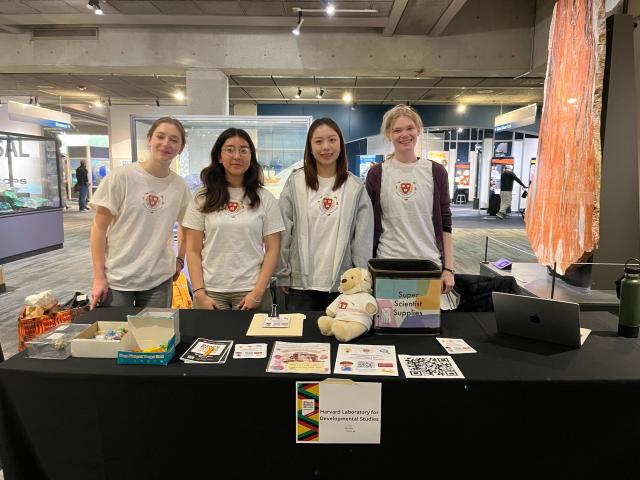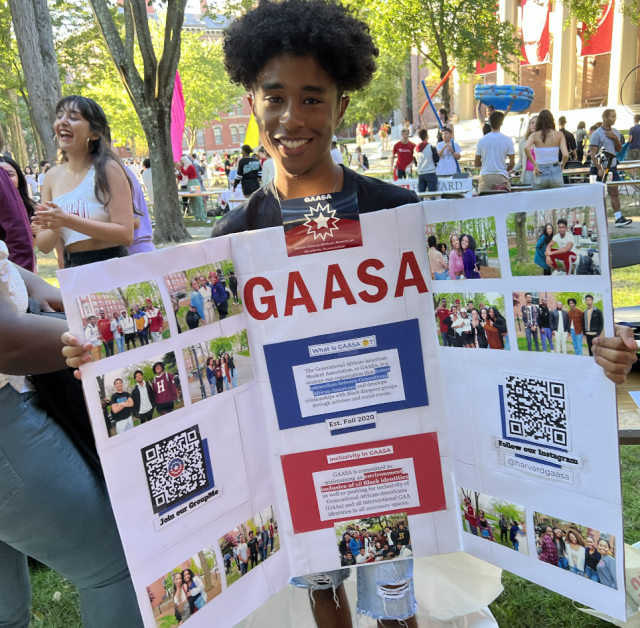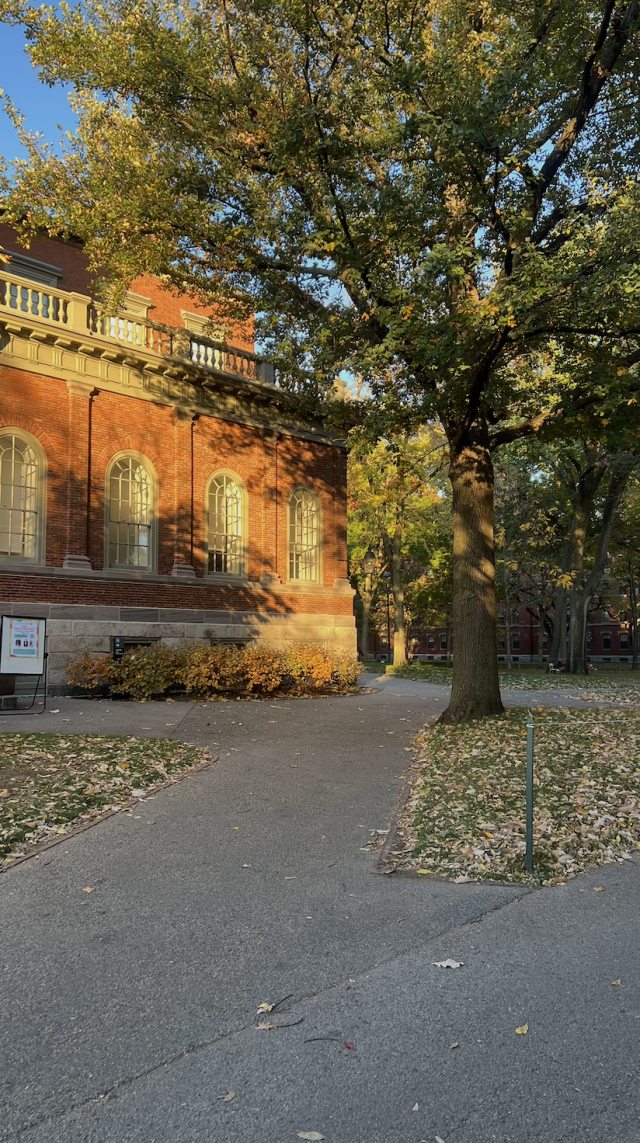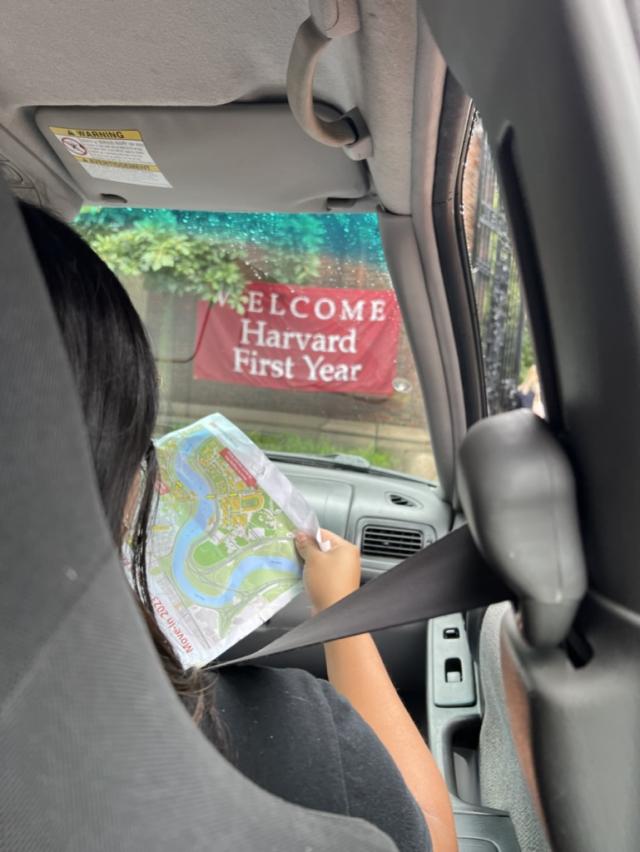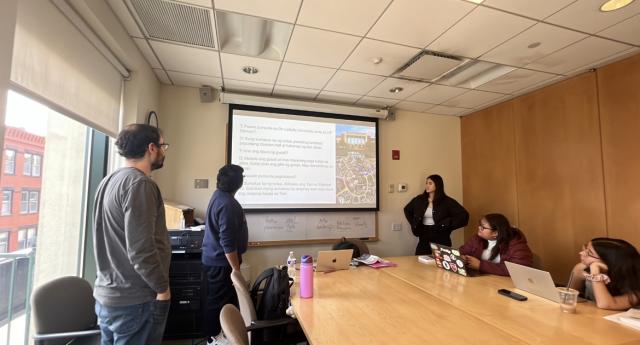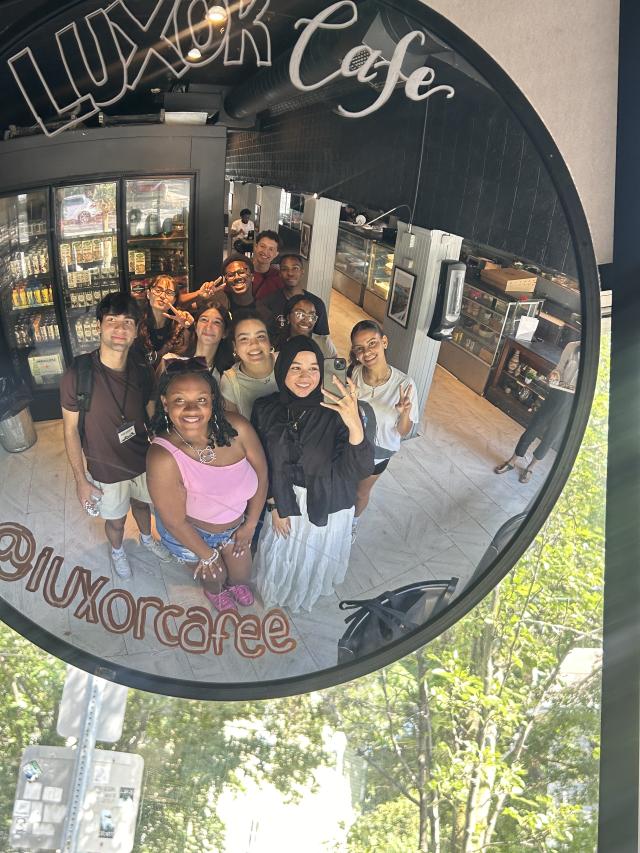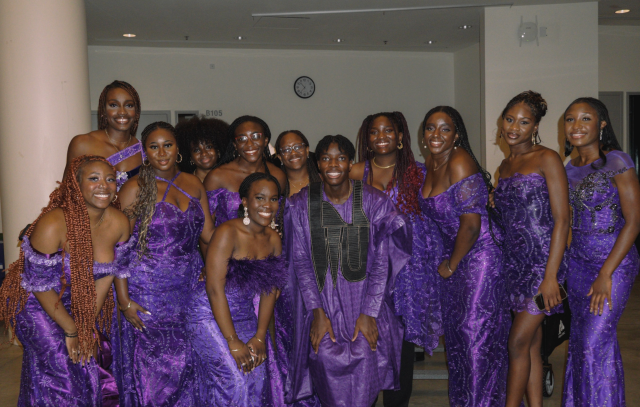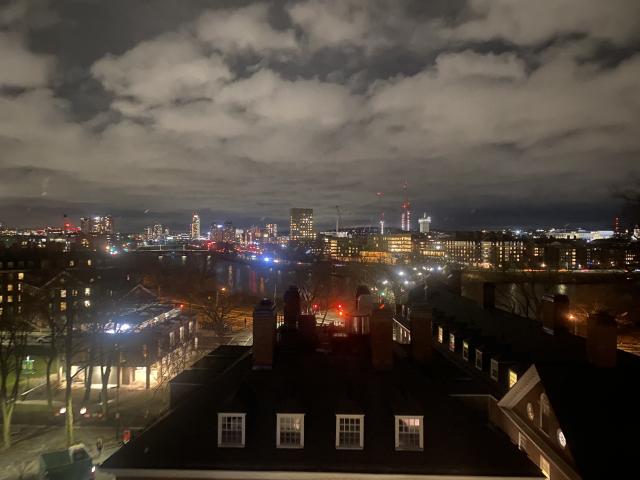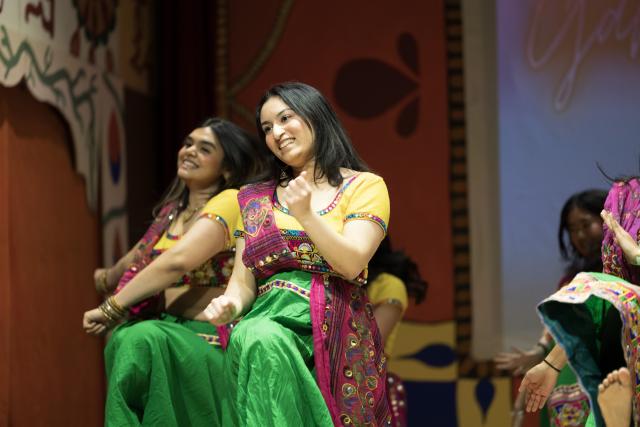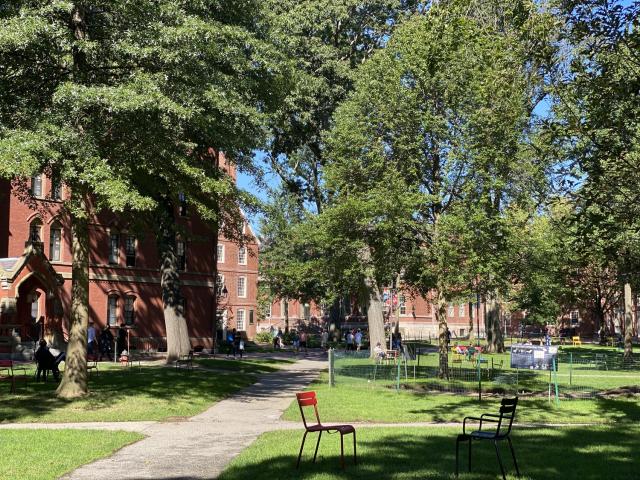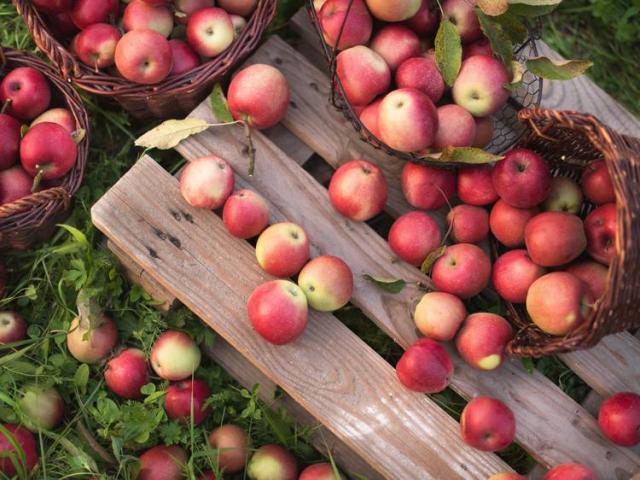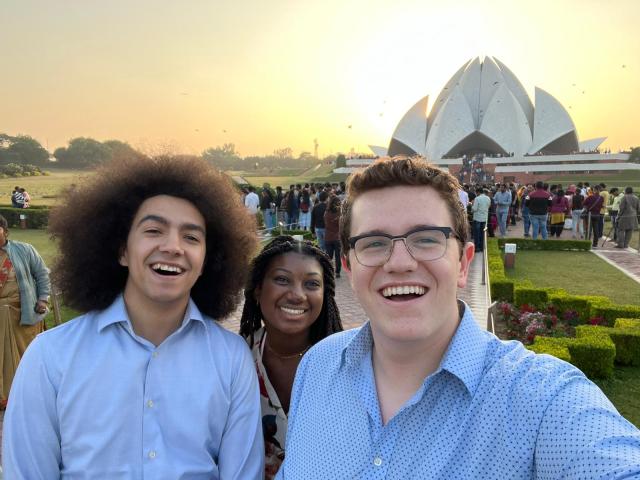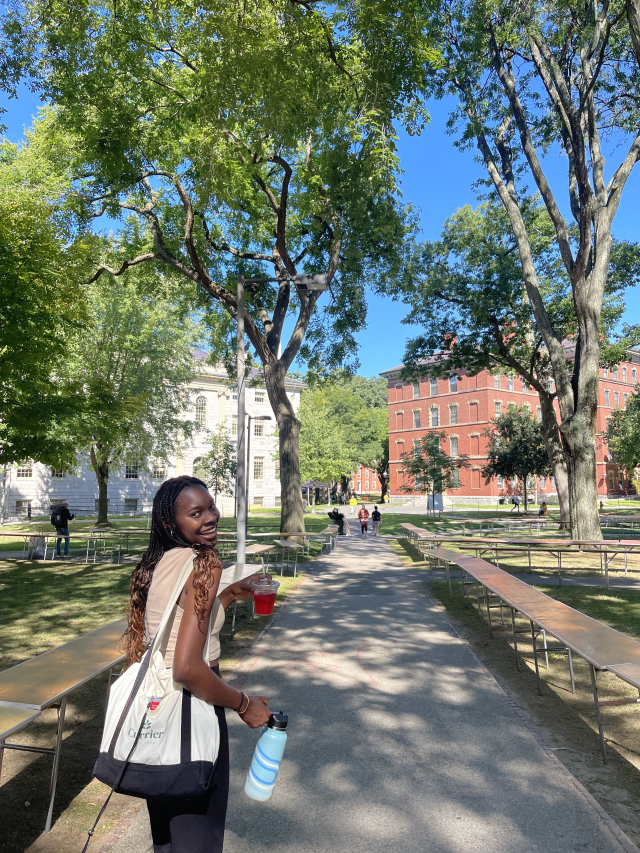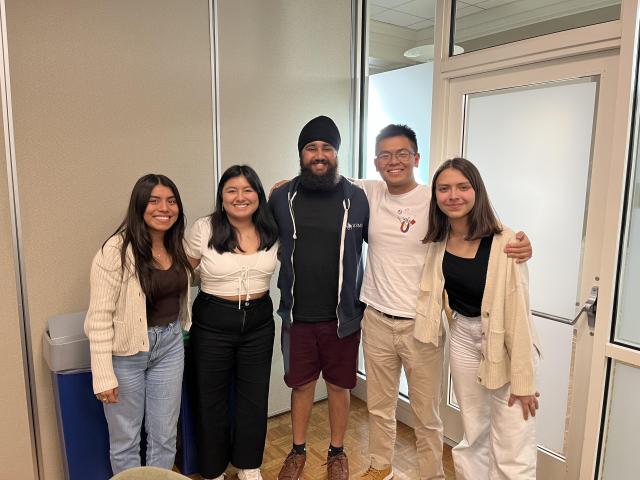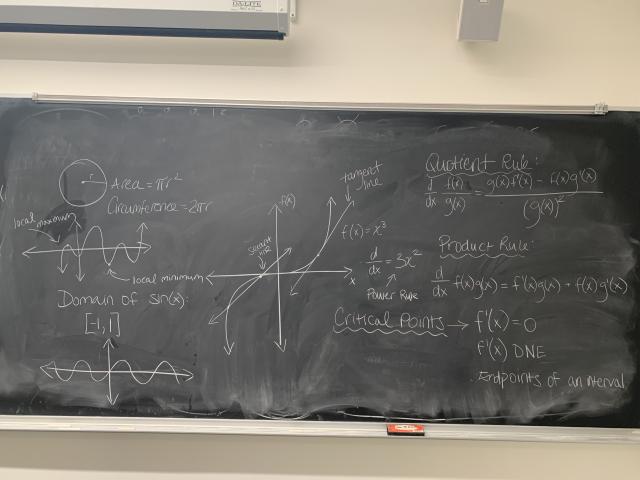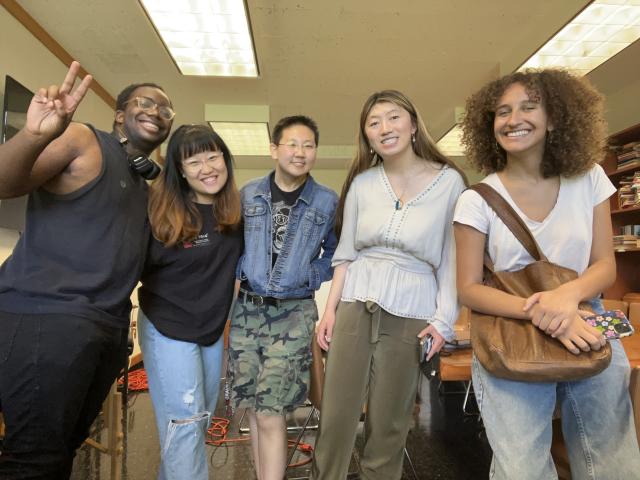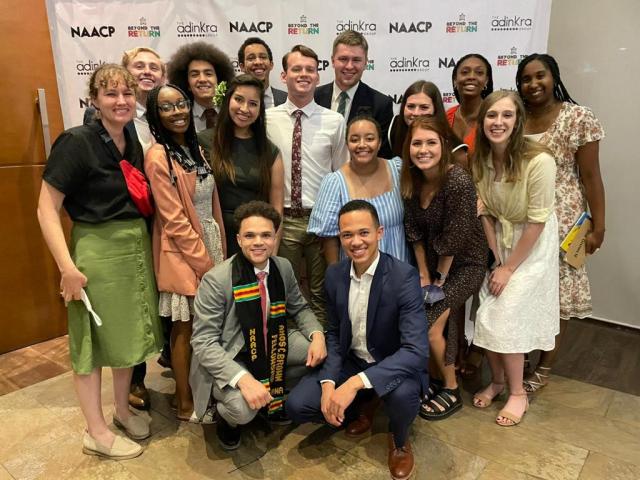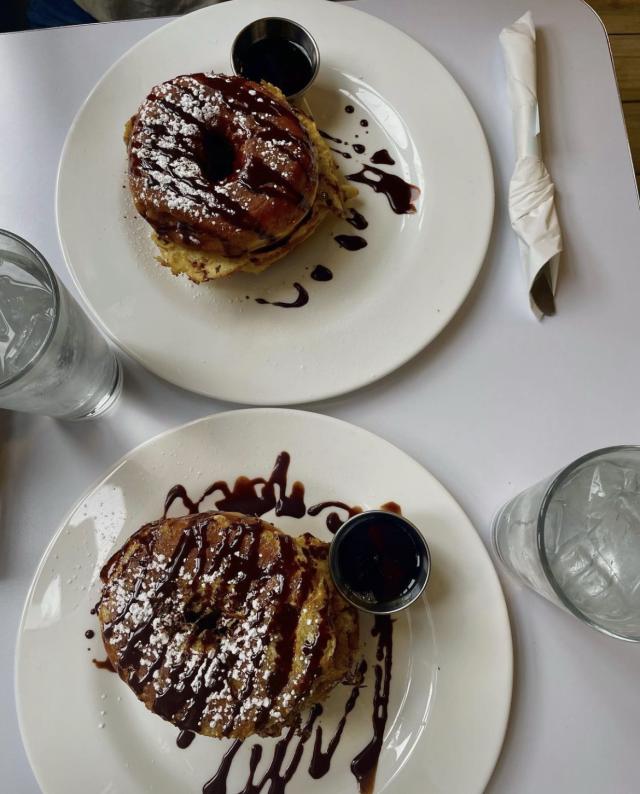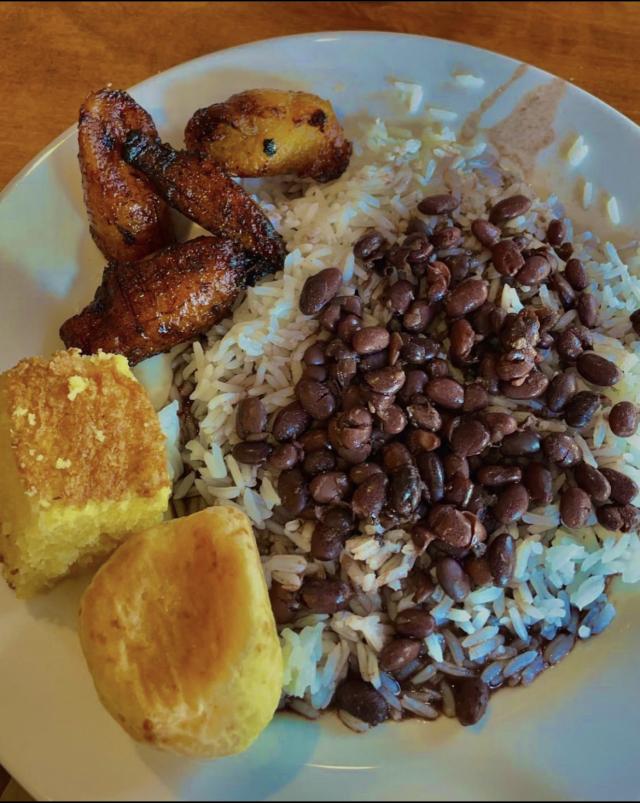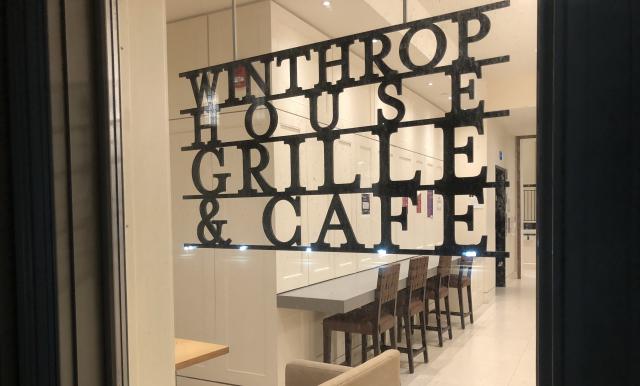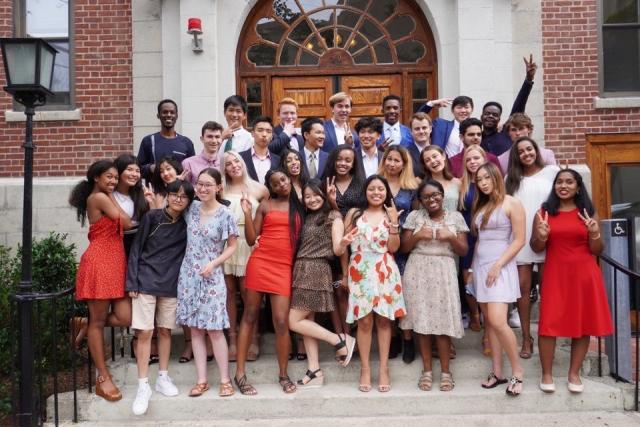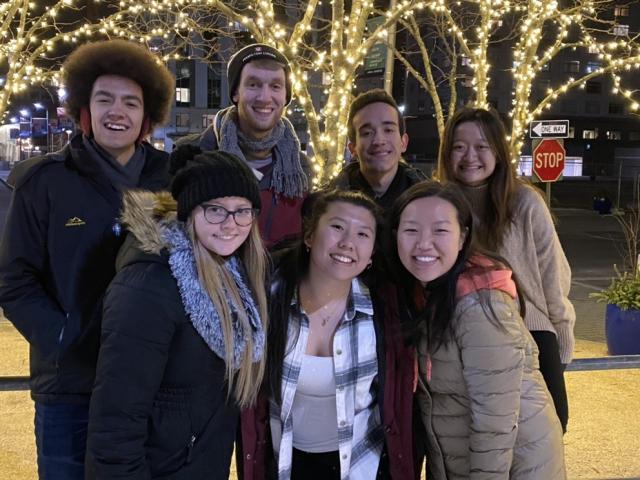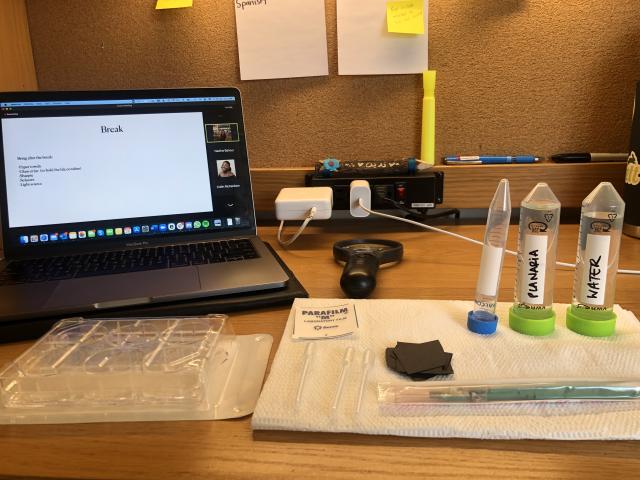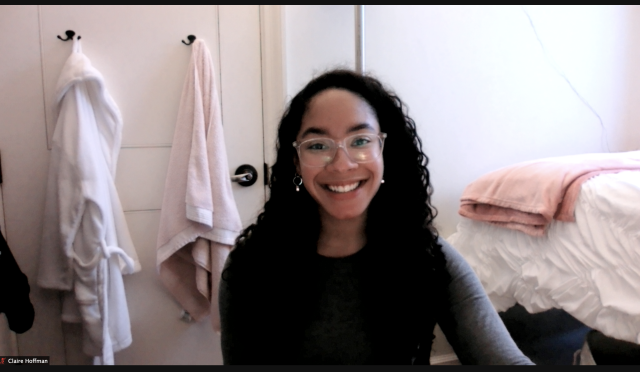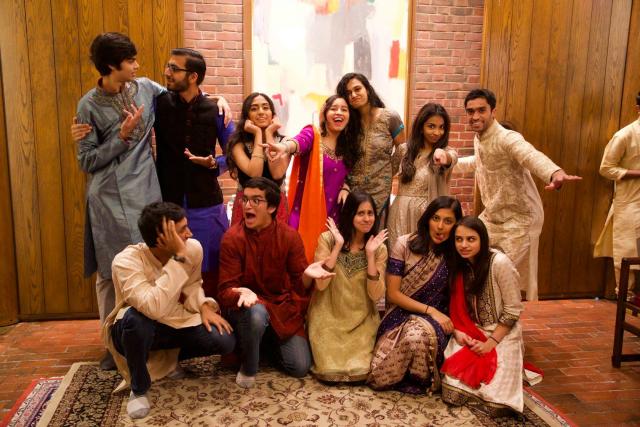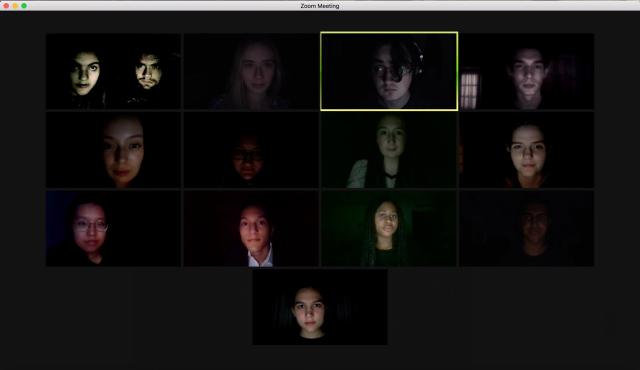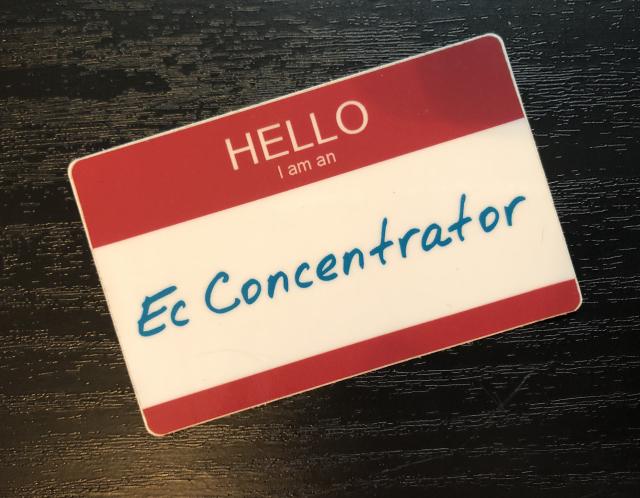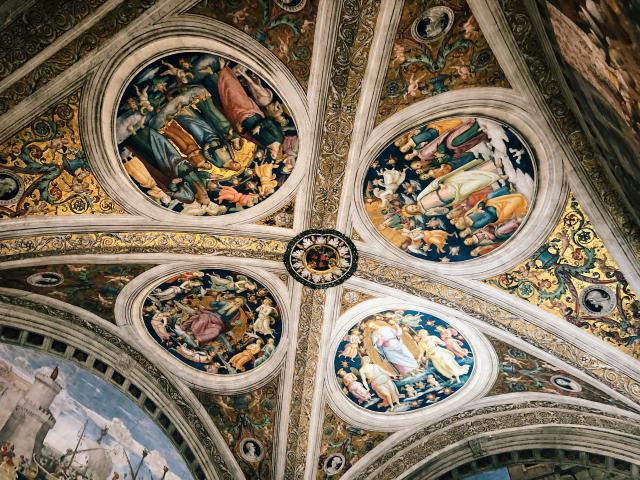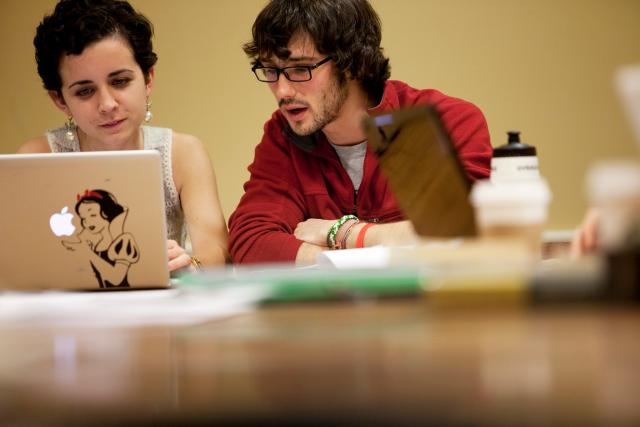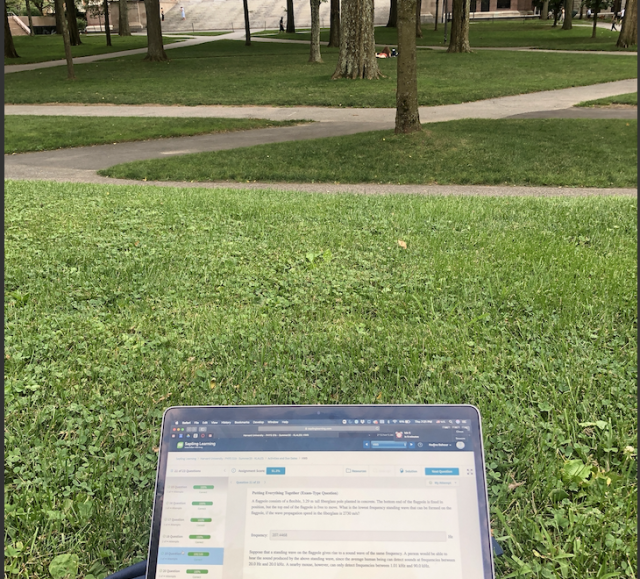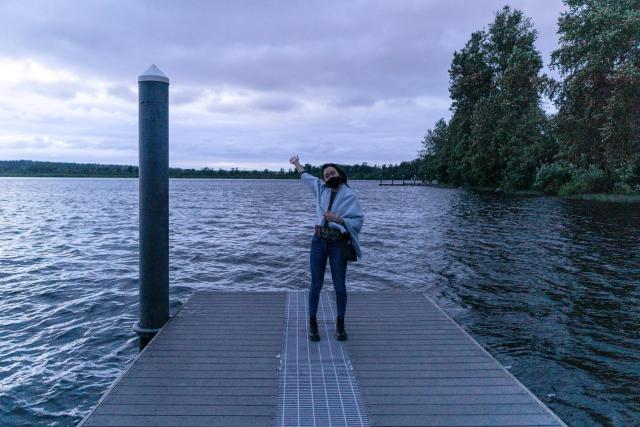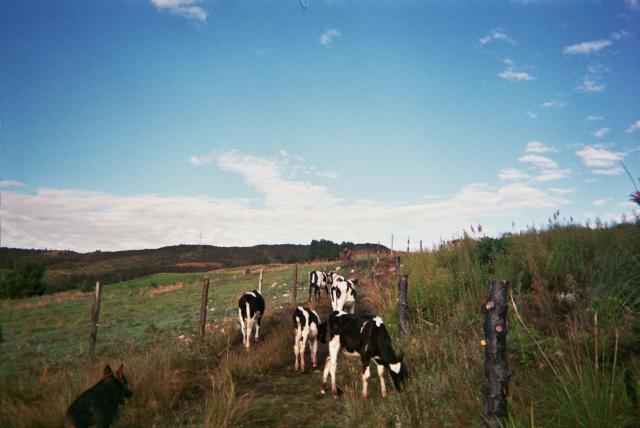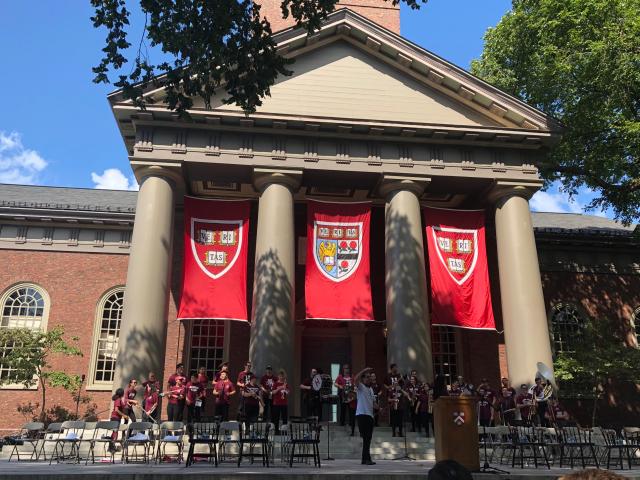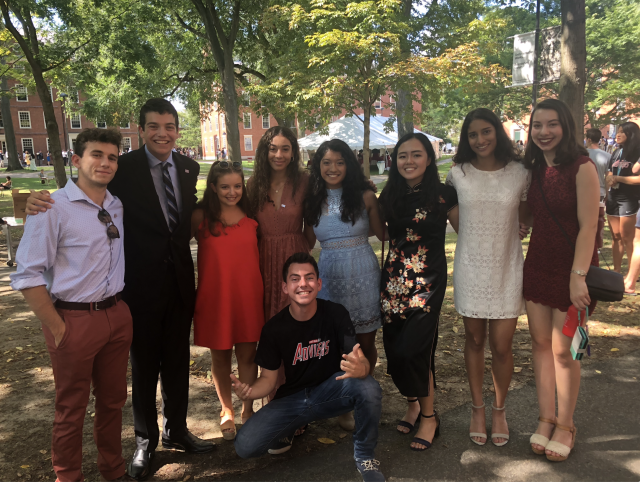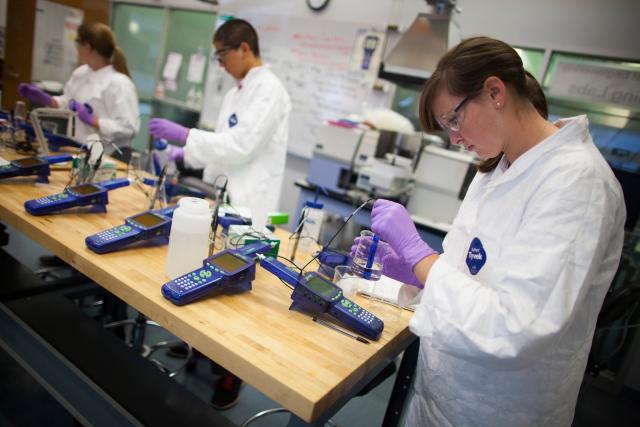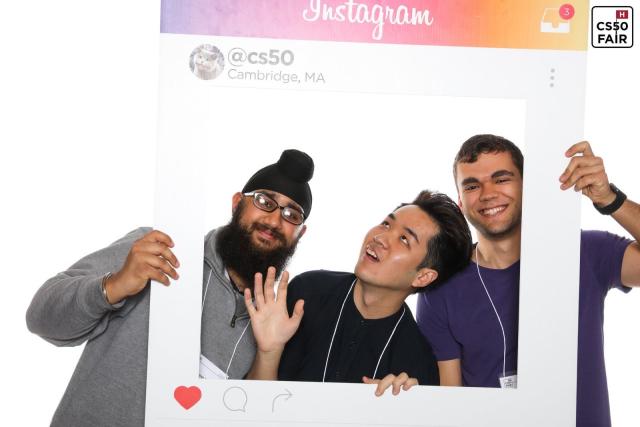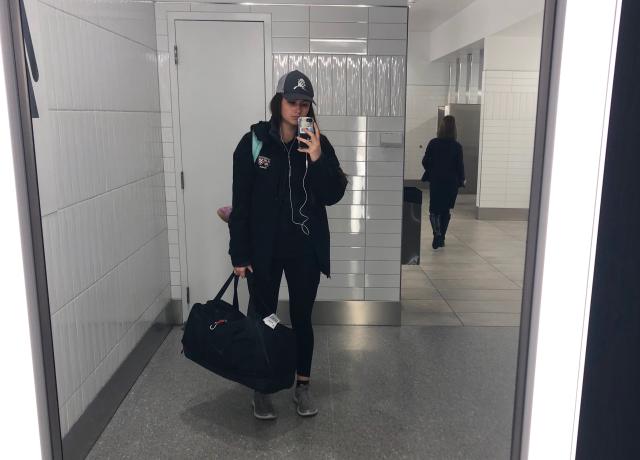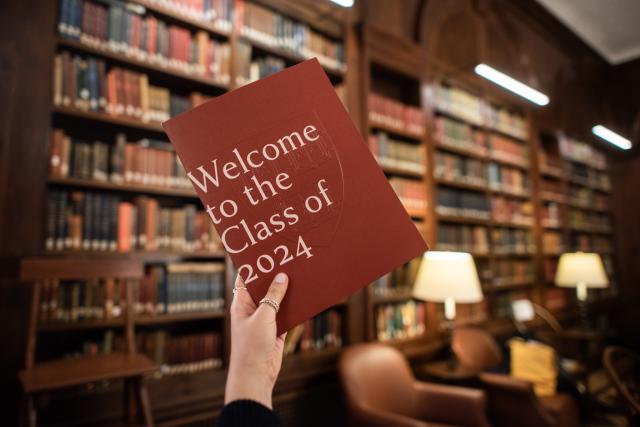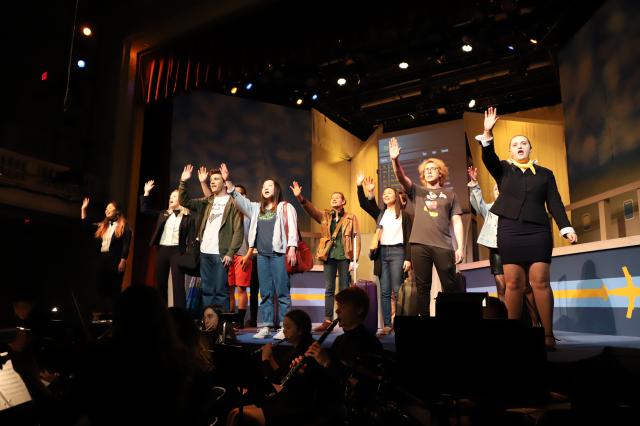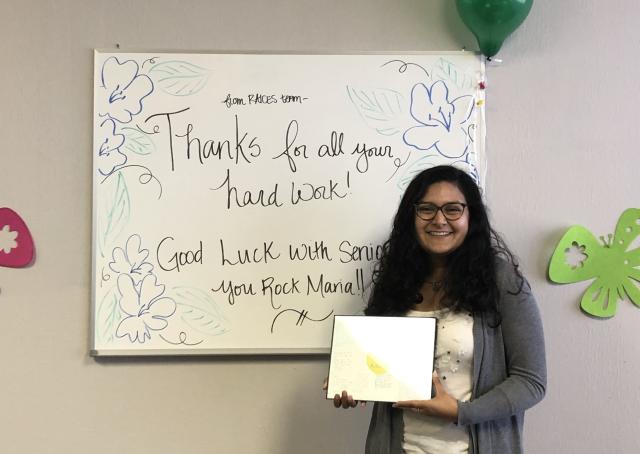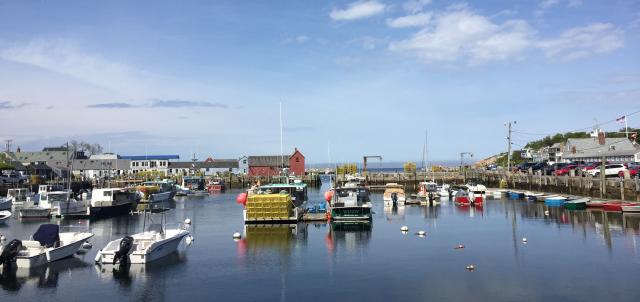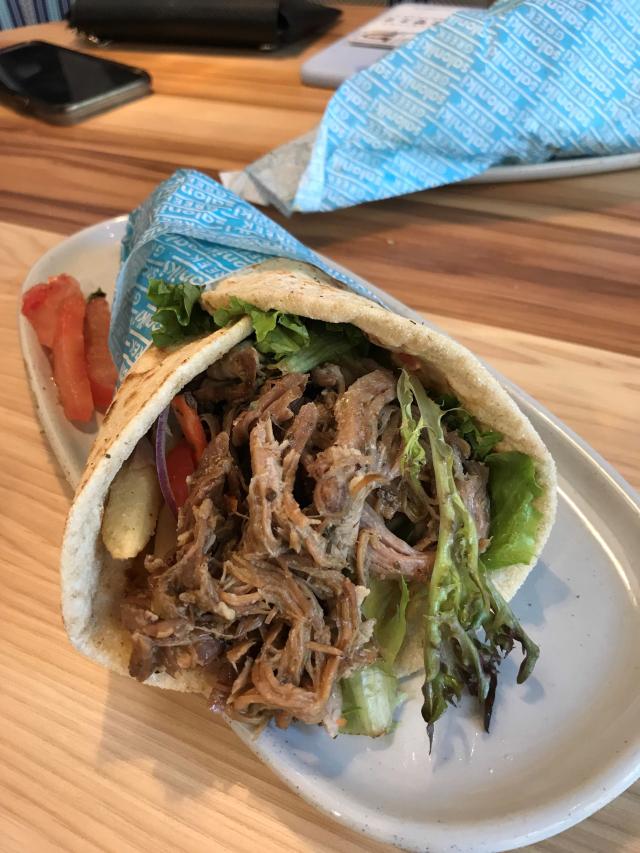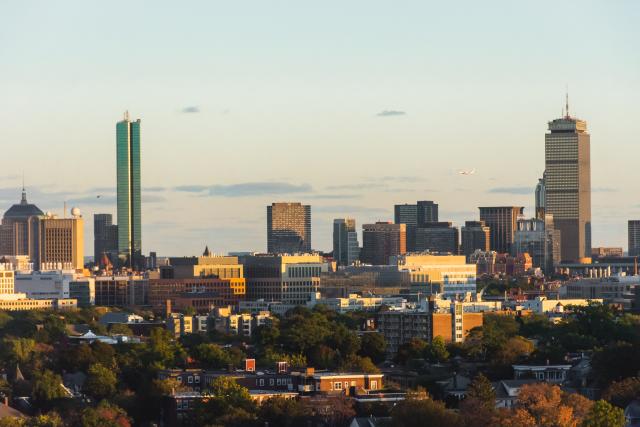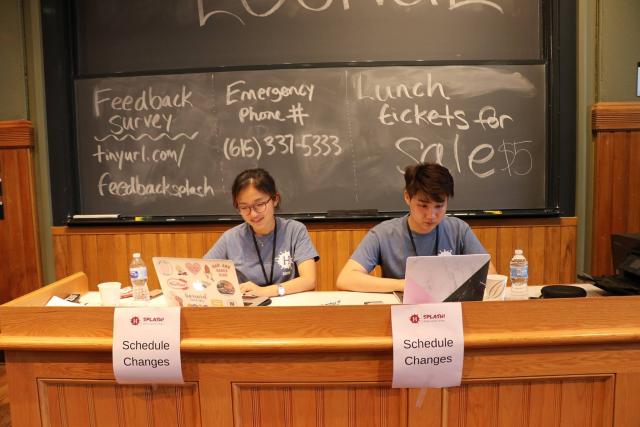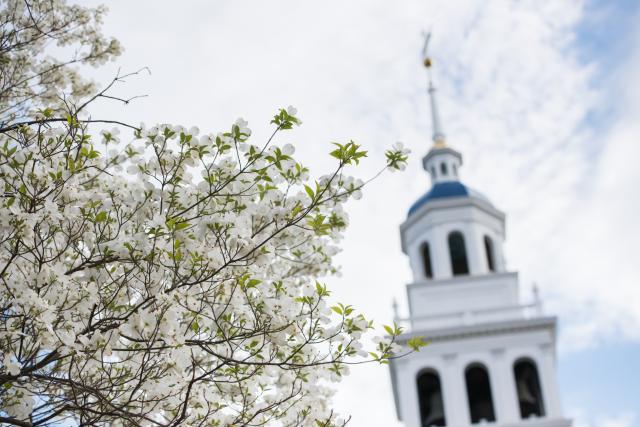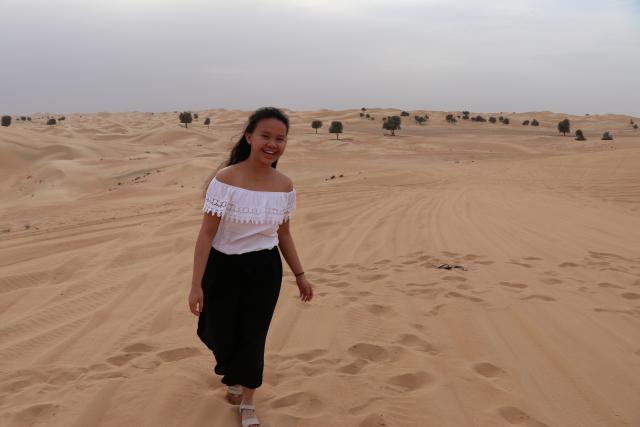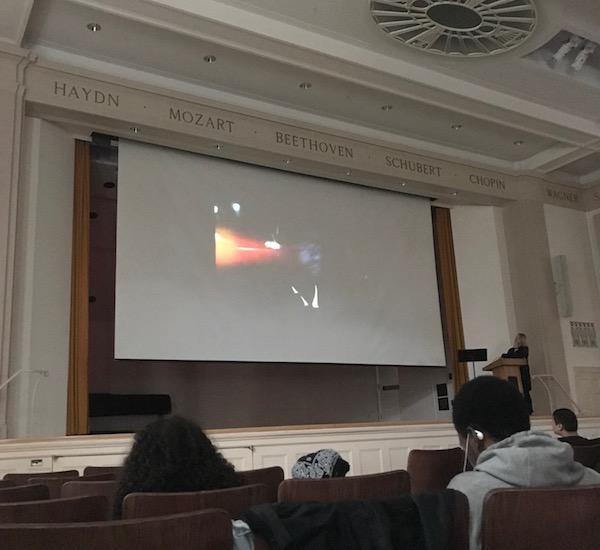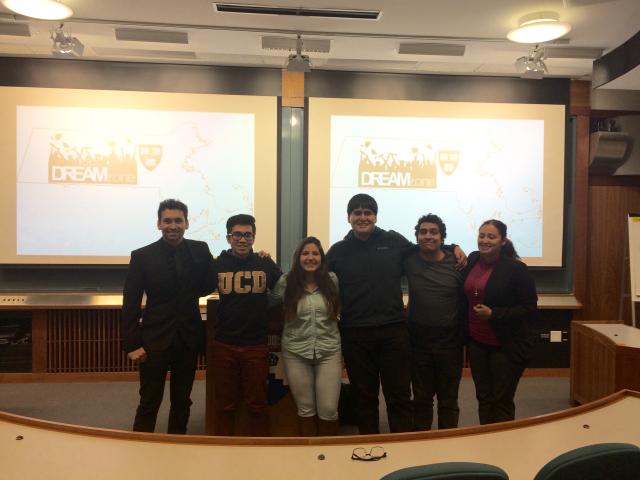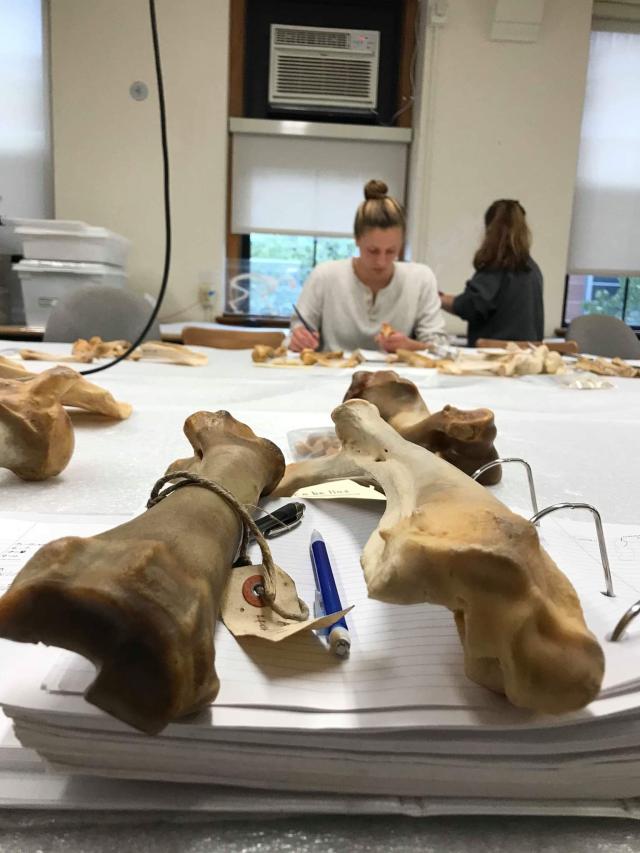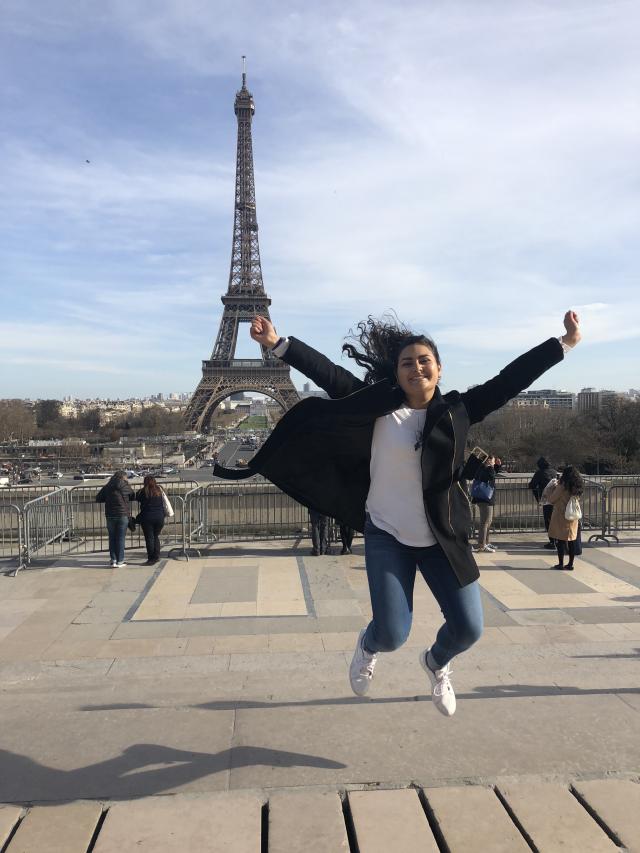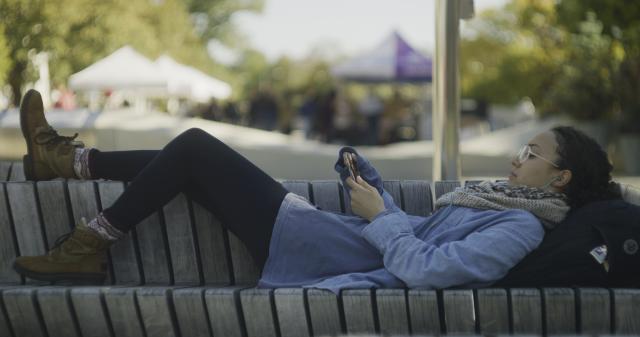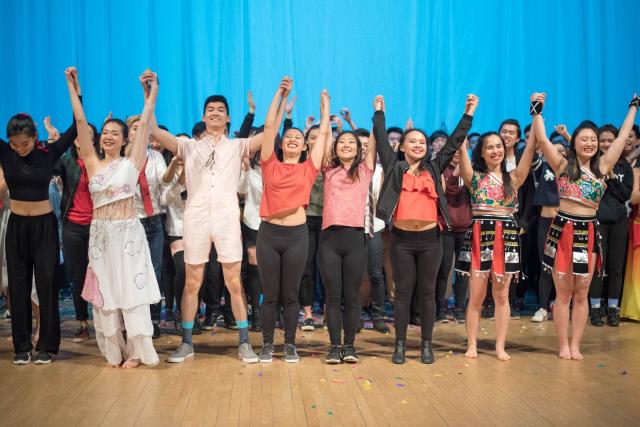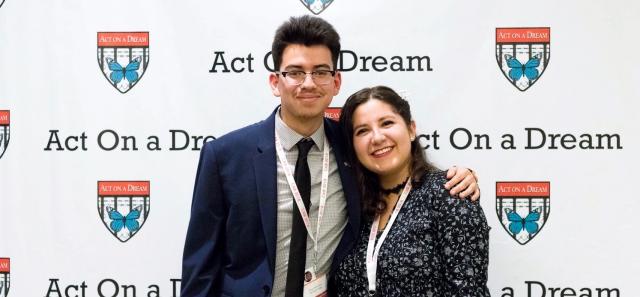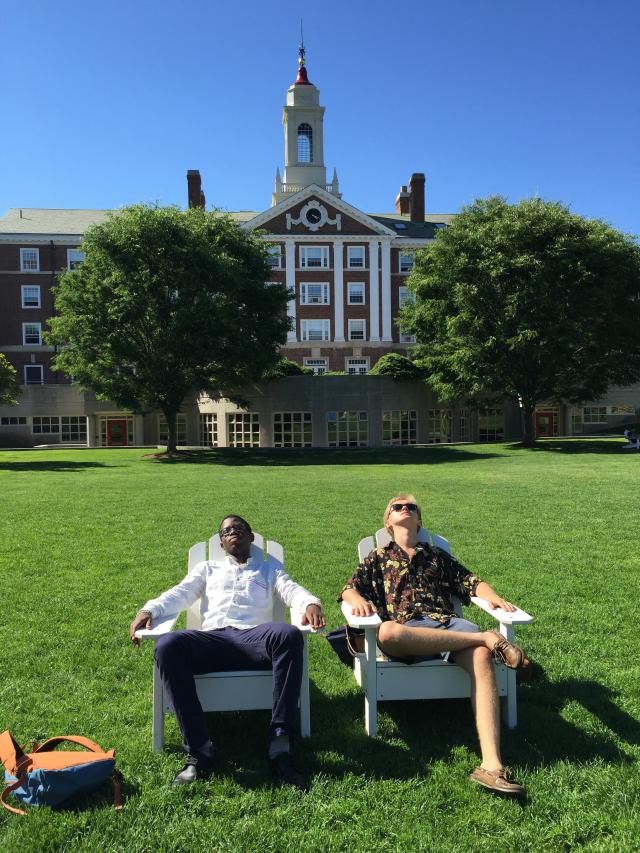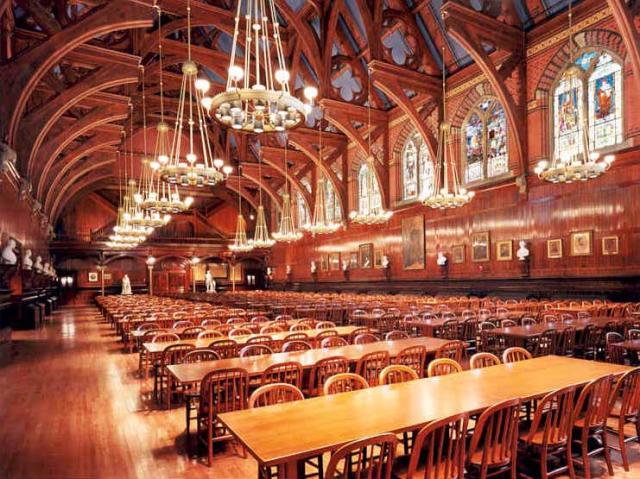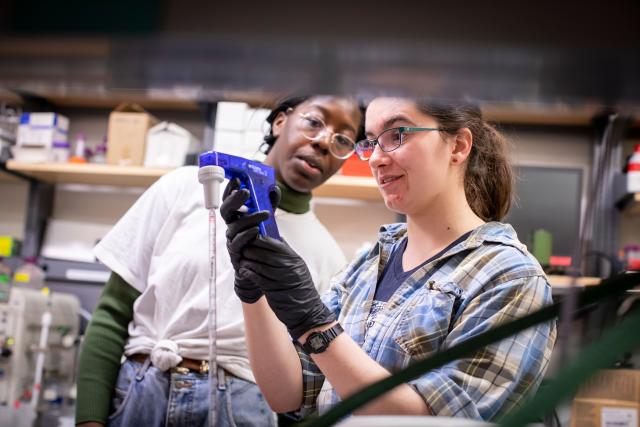I vividly remember the night of September 4th, 2021—one of the evenings when new international first-years at Harvard had fun activities planned with the First-Year International Program (FIP).
A Tunisian song was being played and my friend, Nibras, was dancing to the music and nudging us to join him. My peers ended up joining, dancing to the song Yama Lasmar Douni by Asma Othmani. The lyrics went like this:يما لسمر دوووني ماكم تقولو علاش لسمر دوني؟ محبس قرنفل في جنان الرومي (Oh why do you say that brown is not good or not beautiful? When it is like the dianthus in the garden of a European). I immediately googled Tunis and saw how beautiful it was, with the ancient, brown-colored architecture, and beautiful neighborhoods with generous proportions of the dianthus plant. I hoped that one day I would visit the birthplace of the song and visit North Africa in general.
Fast forward to my junior year in my Arabic class and my teaching fellow, Dr. Haci Gündüz, recites a famous Tunisian poem (and now my favorite Tunisian poem) by Abu al-Qasim al-Shabbi. إِذا الشَّعْبُ يوماً أرادَ الحياةَ فلا بُدَّ أنْ يَسْتَجيبَ القدرْ (If one day the people will to live, then fate must obey). He then talks positively about his trip to Tunis years ago through a Harvard-sponsored program over the winter. I did my research on the web and learned about the Winter Term Study Excursion in Tunisia with Harvard’s Center for Middle Eastern Studies (CMES). I learned it was a study excursion that immerses students into the rich history and culture of Tunisia. The 2.5-week experience offers an opportunity to explore Tunisian landscapes and urbanism. The lead faculty for this amazing trip is Prof. Gareth Doherty, who is an Associate Professor of Landscape Architecture at the Harvard Graduate School of Design. I applied for this program a few days before it was due, and I was fortunate to be accepted into a cohort of about 20 students. I was super excited to go back to my home continent and to visit North Africa and Tunis in particular.
I went a few days early, in late December 2023, to visit a Harvard friend whom I also met as a FIP leader in my sophomore year. Feriel gave me a headstart to this gem of a place by taking me to some cultural events, introducing me to amazing Tunisian cuisine with two plates of couscous as soon as I landed in Tunis, and driving me around modern Tunis and walking me around the historical medina. I was also fortunate to celebrate a Happy New Year (2024) with several newly-met Tunisian friends. We danced to Yama Lasmar Douni and Allah Allah ya baba some more and I felt my first-year dream come true.
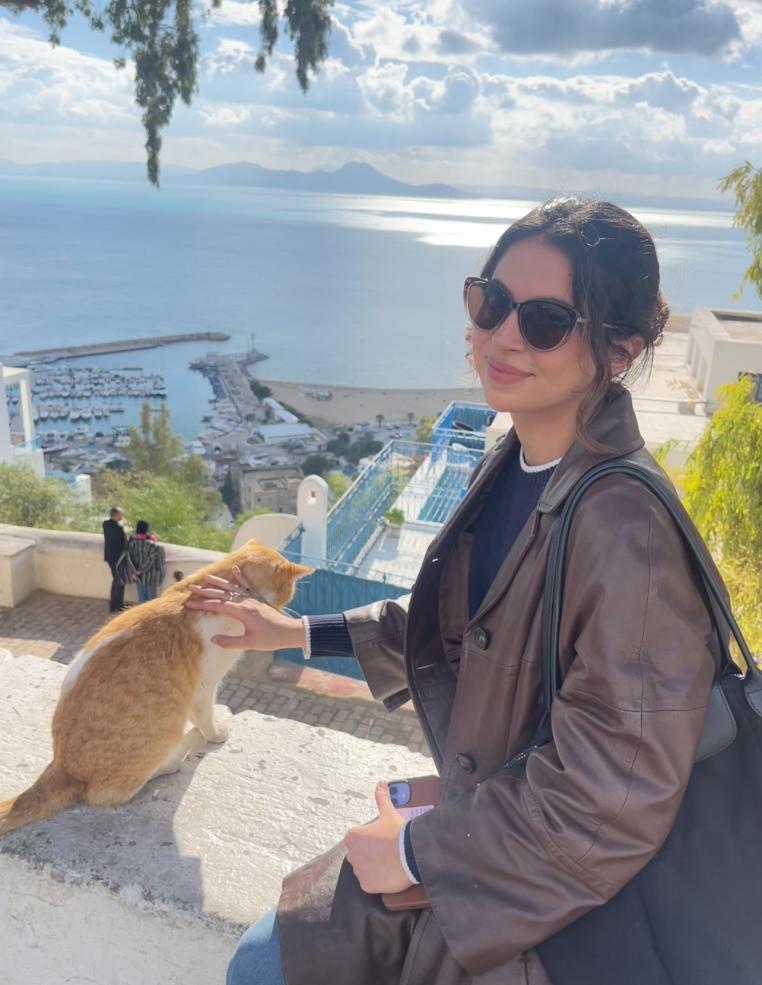
Feriel petting a cat in Sidi Bou Said
David J. Aboge
A few days later, our program with CMES started. Dr. Sihem Lamine, Associate Director of the CMES Tunisia Office, gave us a warm welcome. We were staying in Sidi Bou Said. Why is this name etched in my mind? Sidi Bou Said is a dreamy hilltop neighborhood where whitewashed walls meet deep blue doors under a bright Mediterranean sky. The winding cobbled streets are lined with vibrant bougainvillea, while ironwork balconies frame views of the shimmering Gulf of Tunis below. It feels like stepping into a painting, with each corner whispering stories from centuries past—a quiet, timeless beauty that invites you to linger and soak in the charm of this seaside haven. Strolling through Sidi Bou Said felt like stepping into an artist’s dream, where each angle is bathed in sunlight and imbued with the soulful history of Andalusian and Ottoman influences.

A street in Sidi Bou Said
David J. Aboge

An Administrative Building in Tunis
David J. Aboge
On the first full day of the study excursion, we walked through the heart of Tunis's old Medina, and I felt swept into a living tapestry of sights and sounds. The narrow alleyways in the medina are alive with color—bright textiles hanging from every stall, copper lamps casting warm glows, and the smell of spices swirling in the cool air. We walked together, close, each step echoing against ancient stone walls. Vendors in the souq called out in flavorful Tunisian Arabic, and I fulfilled my side quest of adding more scents to my perfume collection. Sunlight filtered through the latticework above, painting beautiful patterns on our path as we passed by ornate doorways and tiled courtyards. Time seemed to blur in Tunis, and with every turn, the Medina revealed a new mystery, a new pulse, like we’re part of its hidden rhythm. We spent time in the courtyard of the old Al-Zaytuna Mosque at the center of the medina and felt the quiet reverence that filled this space. High above, birds fluttered between the famous minaret and the open arches, their wings cast fleeting shadows across the tiles below. The day would end with some hot tea back in the hotel, and in Tunisia, the tea is served with almonds or pine nuts - thé aux pignons – as I would learn of it in my near-zero proficiency in French. We could see lots of French architecture in downtown Tunis, including Bab el Bhar/Porte de France that quite resembles Arc de Triomphe in Paris.

Bab el Bhar/Porte De France - the city gate that marks the separation between the old Medina of Tunis and the modern city
David J. Aboge

Myself overlooking the Mediterranean from Sidi Bou Said
Feriel T.
When visiting the Islamic mausoleums in Tunis, I admired how each site pays a quiet tribute to scholars, saints, and poets whose stories resonate through the ages, evidenced by the different designs of their domes. Among these sacred spaces, I learned of Tunisia's rich Jewish heritage, woven into the city's vibrant cultural fabric. The Jewish quarter, or Hara/Hafsia, thrived here for centuries, with its legacy visible in old synagogues, doors with stars of David, and traditions carried forward by Tunisian families. Tunis is a city shaped by diverse faiths and shared histories.

A door with stars of David in the Jewish quarter of the Medina of Tunis
David J. Aboge

Al-Zaytuna Mosque at the center of the Tunis medina
David J. Aboge
One of my favorite trips was to Palais Ennejma Ezzahra, nestled in Sidi Bou Said. It is a palace that was once the home of Baron Rodolphe d’Erlanger, a French painter and musicologist who dedicated his life to studying Arabic music. The palace itself is a masterpiece of Andalusian and Moorish design, with carved wooden doors, colorful mosaics, and lush inner courtyards that reflect the baron’s admiration for Islamic art and culture. Today, it’s a cultural treasure, housing the Center for Arab and Mediterranean Music. Each room brims with ornate details and craftsmanship, making it both a historical landmark and a serene escape. Perched high above the Mediterranean, the palace offers sweeping views of the deep blue sea stretching endlessly below, framed by the green hills and white-washed walls of Sidi Bou Said. Later that day, we would have a performance at the CMES Tunisia Office by Zied Mehdi, a prominent Tunisian oud player and composer, and a conversation with him on reviving Maluf music and oud making.

Prominent Tunisian oud player, Zied Mehdi at CMES Tunis
David J. Aboge

A room in Palais Ennejma Ezzahra
David J. Aboge
The winter excursion was not all just about Tunis; it was an opportunity to experience Tunisia as a country. We had frequent day trips to different regions in the country. Having spent my previous summer in the southern-most country in the African continent, I was intent on visiting the Northernmost point of the continent. When I saw that it was on the trip schedule, I could not contain my joy. As a Peer Advising Fellow back on campus, I work with a proctor in a first-year entryway of about 30 students to connect them with campus resources and empower them to make the most of their college experience. It was on this trip that I got to meet my future proctor, Ameerah Ahmad— a bond that would only deepen in Bizerte, the northernmost city in Africa – 40.4 miles (65km) from Tunis. We visited the Baths of Carthage—a 20-minute drive from Tunis—and stood steadily were the towering Roman columns, weathered by centuries of salt and sun, casting long shadows over the ruins that once hosted the bustling life of a grand empire. Beyond the ruins, the Mediterranean, of course, beautifully sparkled in the distance.

Carthage's Antonine Baths
David J. Aboge

Ameerah (my proctor) and I at the Northernmost tip of Africa, Bizerte
A few days later, we went a little farther to the famous city of El Qayrawān. We stepped into the Great Mosque of Qayrawān: the oldest mosque in North Africa. As we wandered through its vast courtyard, praising the beauty of the towering minaret, the call to prayer suddenly filled the air. The adhan echoed calmly across the stones and into the sky, lending the space an awe-inspiring reverence. I learned that this mosque, built in 670 CE, was designed not only as a place of worship but also as a fortress, its walls strong and steadfast against the centuries. On the same day, we visited what I call the "African Colosseum”: the Amphitheater of El Jem. I was awestruck by its sheer scale. Rising from the small village of El Jem, these 3rd-century ruins stand as a monumental reminder of the ancient Roman empire in North Africa. It’s easy to imagine the thunderous cheers of 35,000 spectators once filling the air as they watched gladiators and wild animal hunts in this massive arena. I felt the gritty reality of ancient entertainment—a place where architecture and human drama once collided on a grand scale, now preserved in powerful silence. My friend Charlotte, with whom I studied abroad in Jordan, would comment about how she thought we were in Italy for a second.

Me and Charlotte in El-Jem
David J. Aboge

Amphitheater of El Jem's interior
David J. Aboge

My silhouette at Kairouan Grand Mosque, North Africa's oldest mosque

Seaview from Palais Ennejma Ezzahra
David J. Aboge
My notebook was teeming with all the notes that I was taking throughout the trip, and given it lasted days, I could not finish recounting my experience in Tunis in such few words. I am grateful to Harvard’s CMES for organizing this amazing excursion. I send special thanks to my Arabic language professor, Dr. Nader Uthman, who helped me translate Tunisian Arabic to Modern Standard Arabic as I didn’t study that dialect in my Harvard classes.

Plate of food at a Tunisian restaurant
David J. Aboge

Feriel's welcome poster for me
Feriel T
Being an Applied Mathematics concentrator, this excursion made me immediately declare a secondary field in Near Eastern Languages & Civilizations (NELC). My Harvard Tunisian friend, Feriel, who is a Mathematics concentrator introduced me to one of my favorite songs a few days before I left Tunis for snowy Cambridge. She was driving me past a village called Sidi Daoud while making jokes and puns about the name of the place and my name in Arabic – Dawood, and what stuck with me was the song playing on the radio: Mansit by Sabry Mosbah. The refrain went “عمري ما نسيت” (I have never forgotten), and verily, I have never forgotten my time in Tunisia with Harvard CMES, and I always tell myself: besh nerja‘ l-Tunis — I will return to Tunis.

